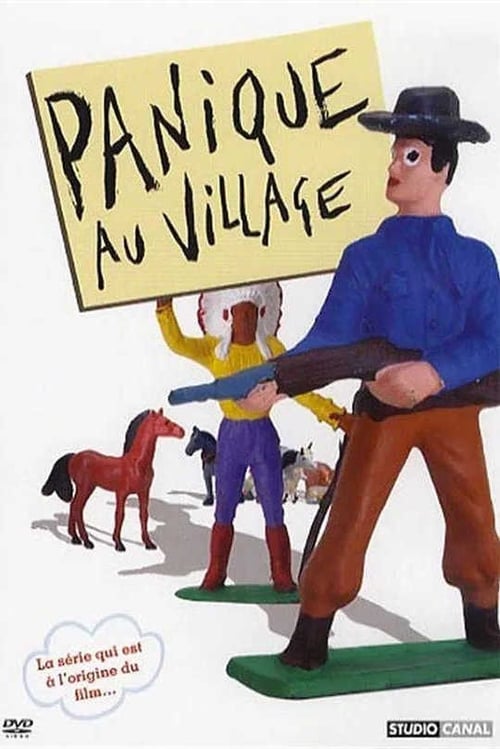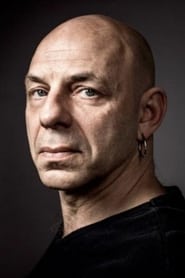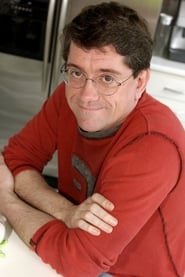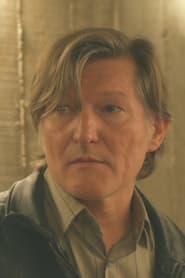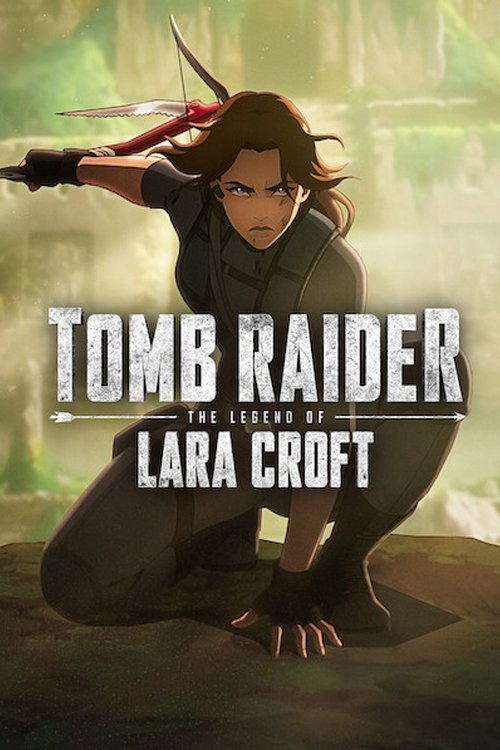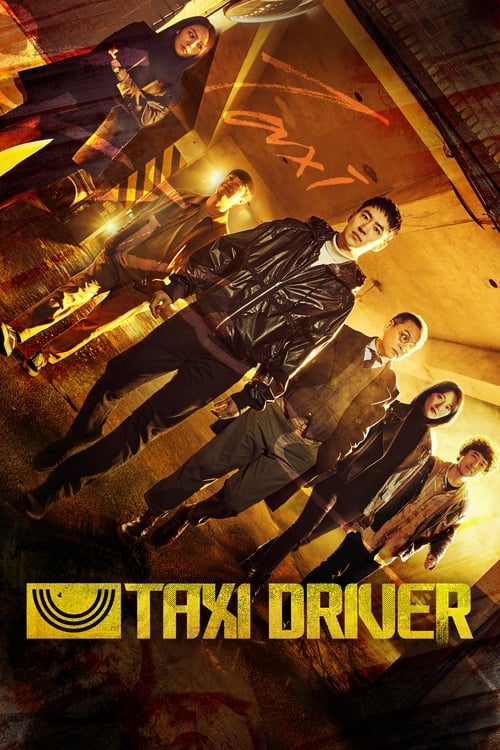
Ask Your Own Question
What is the plot?
In the small, whimsical world of A Town Called Panic, the story begins with a simple yet significant event: the birthday of Cowboy, one of the main characters. His friends, Indian and Horse, decide to throw him a surprise party. They plan to build a barbecue in the backyard, which leads to a series of comedic mishaps. As they gather materials, they accidentally cause a chain reaction of chaos, including the destruction of their own home. This sets the tone for the absurdity that will follow.
After the disastrous construction, Cowboy is oblivious to the chaos around him and is excited about his birthday. Indian and Horse, feeling guilty about the mess they've made, try to salvage the situation. They manage to prepare a small celebration, but the barbecue ends up being a disaster, leading to a fire that further complicates their day. The trio's friendship is tested as they navigate the fallout from their failed plans.
As the story progresses, Indian and Horse decide to make it up to Cowboy by building him a new house. They embark on a journey to gather materials, which leads them to a series of bizarre encounters. They meet various eccentric characters along the way, including a group of mischievous animals and a mysterious figure who seems to have a hidden agenda. Each encounter adds to the absurdity and humor of their quest.
During their adventure, Indian and Horse stumble upon a hidden treasure map that promises to lead them to a legendary artifact. Driven by excitement and the hope of impressing Cowboy, they decide to follow the map. This decision propels them into a series of increasingly ridiculous situations, including a chase with a group of angry villagers who misunderstand their intentions.
As they delve deeper into their quest, they face numerous obstacles, including a giant robot that emerges from the ground. The robot, initially a threat, becomes a source of comedic relief as it inadvertently helps them in their journey. The trio learns to work together, despite their differences, as they navigate the challenges posed by the robot and the villagers.
The climax of the story occurs when they finally reach the location indicated on the treasure map. They discover that the treasure is not what they expected; instead of gold or jewels, they find a collection of bizarre and useless items. This revelation leads to a moment of reflection for the characters, as they realize that their true treasure lies in their friendship and the adventures they've shared.
In the final act, the trio returns to A Town Called Panic, where they are met with mixed reactions from the townsfolk. Some are angry about the chaos they caused, while others are amused by their antics. Cowboy, Indian, and Horse decide to throw a new party to celebrate their friendship and the lessons learned during their adventure. The film concludes with a festive atmosphere, showcasing the quirky charm of the town and the enduring bond between the characters.
What is the ending?
In the ending of "A Town Called Panic," the characters face the consequences of their chaotic adventures. The town is left in disarray after a series of mishaps involving a giant horse and a rocket. However, the characters come together to resolve their conflicts, and the film concludes with a sense of community and resilience.
As the story unfolds towards its conclusion, we find ourselves in the aftermath of the chaos that has engulfed the town. The scene opens with the remnants of the giant horse that had wreaked havoc throughout the town. The townspeople, a mix of plastic figures, are seen surveying the damage, their expressions a blend of confusion and determination.
The main characters, Cowboy, Indian, and Horse, are at the center of this turmoil. Cowboy, who has been the most impulsive and reckless throughout their adventures, feels a deep sense of responsibility for the chaos that has unfolded. His internal conflict is palpable; he grapples with guilt over the destruction caused by their actions. Indian, ever the voice of reason, tries to keep the group focused on repairing the damage and restoring order. His calm demeanor contrasts sharply with Cowboy's frantic energy, highlighting their differing approaches to problem-solving.
As they begin to clean up the town, the trio encounters various townsfolk who express their frustrations and fears. The emotional weight of the situation is evident as they confront the consequences of their actions. The townspeople, initially angry, gradually shift towards a more collaborative spirit as they see Cowboy, Indian, and Horse genuinely trying to make amends.
In a pivotal scene, the characters decide to work together to build a new structure that symbolizes hope and unity. They gather materials from the wreckage, and as they do so, the atmosphere shifts from one of despair to one of camaraderie. The townspeople join in, and the once-fractured community begins to bond over their shared goal.
As the new structure takes shape, the characters reflect on their journey. Cowboy acknowledges his impulsiveness and vows to think before acting in the future. Indian, proud of their teamwork, encourages everyone to embrace their differences and work together. Horse, who has been a silent yet pivotal character, finally finds his voice, expressing his desire for peace and stability in the town.
The climax of the film occurs when the new structure is completed, a towering monument that stands as a testament to their resilience. The townspeople gather around, their faces illuminated with joy and pride. The camera pans out, revealing the town in its entirety, now vibrant and alive, a stark contrast to the chaos that preceded it.
In the final moments, Cowboy, Indian, and Horse stand together, looking at the new structure with a sense of accomplishment. They have not only repaired the physical damage but have also mended their relationships and strengthened their community bonds. The film closes with a sense of hope, leaving the audience with the understanding that despite the chaos, the spirit of the town and its inhabitants remains unbroken. Each character has grown from their experiences, learning the importance of collaboration, responsibility, and the strength found in community.
Is there a post-credit scene?
In the 2002 animated film "A Town Called Panic," there is indeed a post-credit scene that adds a whimsical touch to the overall narrative. After the credits roll, viewers are treated to a brief moment that showcases the characters in a light-hearted scenario.
The scene features the main characters, Cowboy and Indian, who are seen engaging in a playful activity. They are attempting to build a large structure, reminiscent of the chaotic and humorous events that unfolded throughout the film. As they work together, their interactions are filled with the same comedic energy that defines the film, highlighting their friendship and the absurdity of their situation.
The post-credit scene encapsulates the film's spirit, leaving the audience with a sense of joy and laughter, reinforcing the themes of camaraderie and the unpredictable nature of life in their quirky town. It serves as a delightful reminder of the film's charm and the endearing qualities of its characters.
What is the significance of the house that Cowboy and Indian build for their friend Horse?
In 'A Town Called Panic', the house that Cowboy and Indian build for Horse is a central plot element that sets off a chain of chaotic events. The construction of the house is filled with enthusiasm and camaraderie, showcasing the friendship between the three characters. However, the process quickly spirals out of control when they accidentally use too much material, leading to an explosion that sends them on a wild adventure. This incident highlights their naivety and the unpredictable nature of their world.
How do Cowboy and Indian's personalities contrast throughout the film?
Cowboy is portrayed as optimistic and somewhat reckless, often diving headfirst into situations without considering the consequences. In contrast, Indian is more cautious and pragmatic, frequently trying to rein in Cowboy's impulsive behavior. This dynamic creates tension and humor, especially when their differing approaches lead to both comedic mishaps and moments of genuine friendship. Their contrasting personalities drive much of the film's narrative and comedic elements.
What role does the character of the farmer play in the story?
The farmer serves as a pivotal character who embodies the authority and order in the otherwise chaotic town. His interactions with Cowboy and Indian often highlight their foolishness and the absurdity of their actions. When the farmer's prized possessions are inadvertently destroyed, it escalates the conflict and propels the plot forward, showcasing how the characters' antics disrupt the peace of the town. His frustration and attempts to restore order add a layer of tension to the narrative.
What are the consequences of the characters' actions after the house explosion?
After the explosion caused by the house construction, Cowboy and Indian find themselves in a series of increasingly absurd and dangerous situations. The explosion not only destroys the house but also leads to a series of misunderstandings and confrontations with other townsfolk, including the farmer. The consequences of their actions ripple throughout the town, leading to a chaotic chase and a quest to fix their mistakes, ultimately testing their friendship and resolve.
How does the film depict the relationship between Cowboy, Indian, and Horse?
The relationship between Cowboy, Indian, and Horse is central to the narrative of 'A Town Called Panic'. Their bond is characterized by playful camaraderie, loyalty, and a shared sense of adventure. Despite their frequent bickering and differing personalities, they support each other through the chaos that ensues. The film explores their friendship through various trials, showcasing moments of tension, humor, and ultimately, a reaffirmation of their loyalty to one another as they navigate the absurdities of their world.
Is this family friendly?
"A Town Called Panic," produced in 2002, is a stop-motion animated series that features a whimsical and surreal narrative style. While it is generally considered family-friendly, there are a few aspects that might be potentially objectionable or upsetting for children or sensitive viewers:
-
Violence and Mayhem: The show often includes slapstick violence, such as characters getting hurt in exaggerated ways. This can be humorous but may be unsettling for very young children.
-
Surreal and Absurd Situations: The plot frequently delves into bizarre and nonsensical scenarios that might confuse younger viewers or those who prefer more straightforward storytelling.
-
Character Conflicts: There are moments of conflict between characters that can lead to emotional tension, which might be distressing for sensitive viewers.
-
Dark Humor: Some scenes incorporate dark humor that may not resonate well with all audiences, particularly younger children who may not understand the comedic intent.
-
Unconventional Themes: The show explores themes of friendship, rivalry, and the consequences of actions in a way that is abstract and may require a level of maturity to fully appreciate.
Overall, while "A Town Called Panic" is designed to entertain a wide audience, parents may want to preview episodes to determine their suitability for their children.

